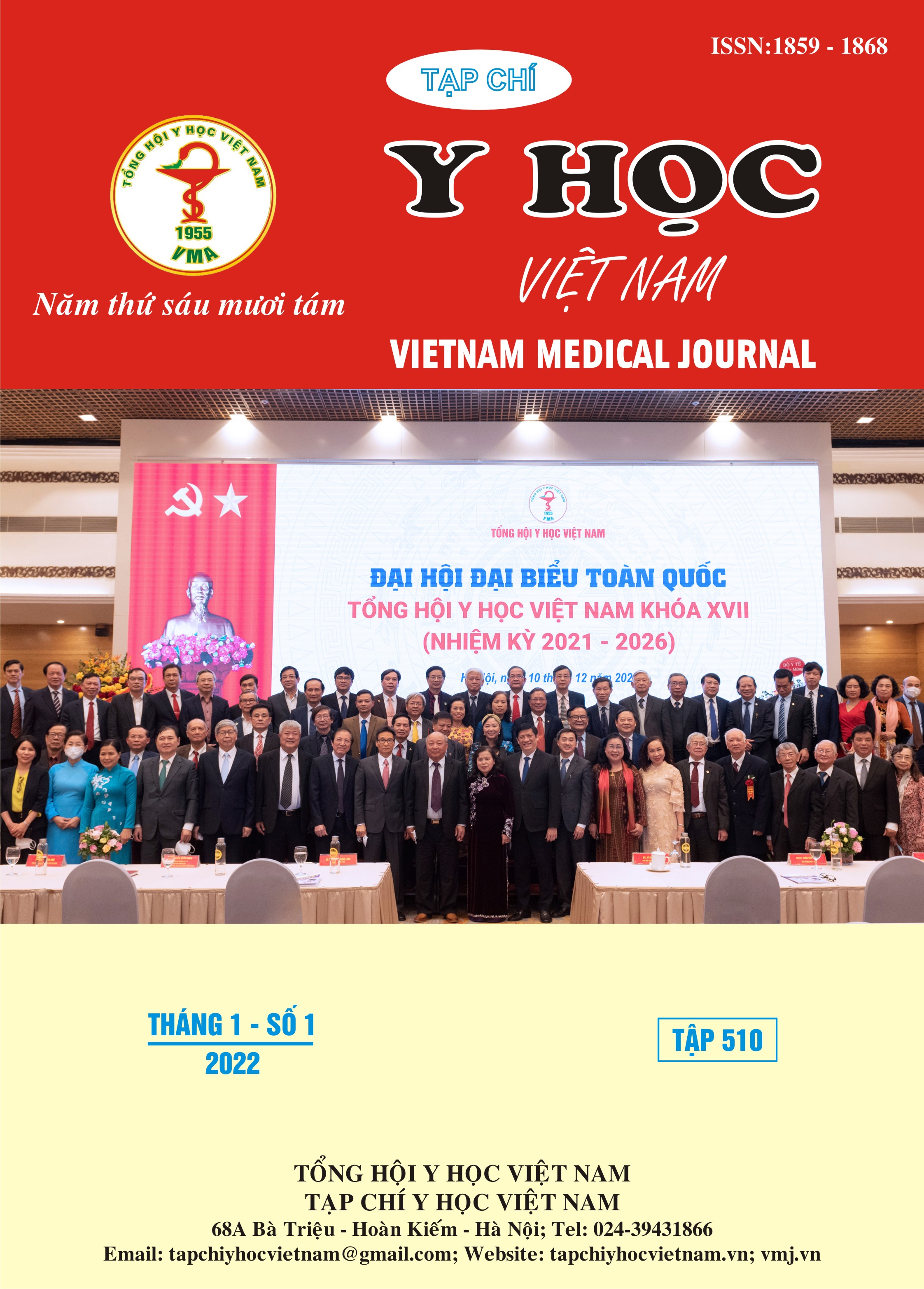STERNAL CLEFT SURGERY USING OMNIPORE: A CASE SERIES
Main Article Content
Abstract
Background: Sternal cleft is a rare thoracic wall deformity that occurs due to incomplete healing of the sternum during fetal period. The incidence is 1:100 000 live births and accounted for less than 1% of thoracic malformations. Surgery should be performed to restore the anatomical structure and function of the chest and reduce the risk of infection. Surgery should be performed in newborn or infancy period to optimize the chest wall flexibility. Surgery can be performed directly with meniscus flaps, sliding cartilage grafts or muscle grafts or artificial materials such as Omnipore (Matrix Surgical USA-Atlanta, Georgia 30349 U.S.A.) to help stabilize the sternum. In this study, we evaluated the results of using Omnipore surgery for 3 patients with sternal cleft at the Vietnam National Children's Hospital. Cases: Three cases are male children, aged 1-1-12 months, with a total sternal cleft in 2 children and one with an inverted V-shaped cleft, who underwent sternal reconstruction surgery using the use of sternum reconstruction using Omnipore grafts. Follow-ups at 1 month, 3 months, 12 months post-surgery showed that the bone was healed, without complications. Conclusion: Sternal cleft is a rare disease. Early surgery at newborn period is more favorable, the use of Omnipore material to support the combination of the sternum for stable and uncomplicated healing results, especially in cases of large sternum cleft.
Article Details
Keywords
Sternal cleft
References
2. Alshomer F, Aldaghri F, Alohaideb N, et al. (2017). “Reconstruction of Congenital Sternal Clefts: Surgical Experience and Literature Review”. Plast Reconstr Surg Glob Open,5: e1567.
3. Dogan R, Uysal S, Kumbasar U, et al. (2019). “Surgical repair of a sternal cleft malformation”. Turkish Journal of Thoracic and Cardiovascular Surgery, 27(4):597-600.
4. Torre M, Rapuzzi G, Carlucci M, et al. (2012). “Phenotypic spectrum and management of sternal cleft: literature review and presentation of a new series”. Eur J Cardiothorac Surg, 41:4-9.
5. Fouilloux V, Bertin F, Peltier E, et al. (2019). “First Sternal Cleft Repair Using a Porous Alumina Ceramic Prosthesis in a 9-Year-Old Child”. Eur J Pediatr Surg Rep,7: e20–e23.
6. Ramdial S, Pillay D, Madaree A. (2016). “Primary Closure of A Sternal Cleft in A Neonate”. World J Plast Surg,5(3):308-312.
7. Semlacher RA, Nuri MAK. (2019). “Successful management of absent sternum in an infant using porcine acellular dermal matrix”. Arch Plast Surg, 46: 470-474.
8. Yamanaka K, Higuma T, Wantanabe K, et al. (2012). “Congenital sternal cleft”. Journal of Pediatric Surgery, 47, 2143–2145.
9. Raff GW, Hirose S. (2017). “Surgery for chest wall deformities”, © Springer International Publishing Switzerland, 71-81.


